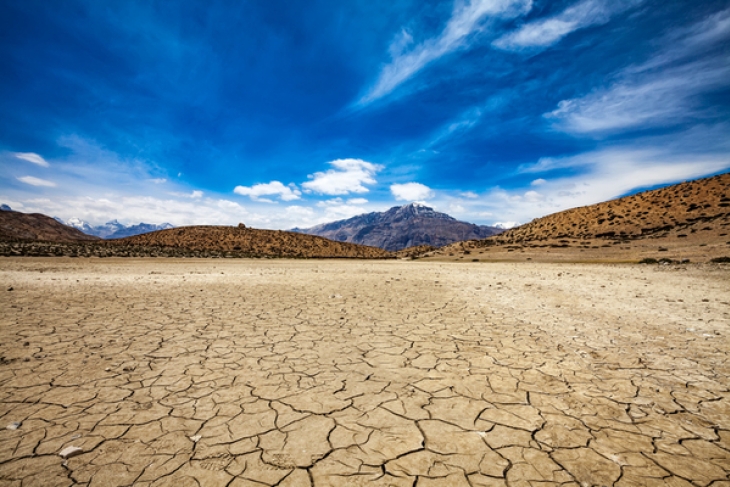Can we call a place a desert if we refuse to let water in? The Fordham Institute recently released an interesting look at which communities in the U.S. have a significant portion of low-income students but very few choices when it comes to their education. Fordham calls them “charter school deserts,” and they created interactive maps of each state with the deserts highlighted.
Sadly, these are easy to identify in Missouri. Just find the Census tracts where more than 20 percent of children live in poverty and circle them. The school choice spigot in Missouri is firmly turned off, with little hope that it will be turned on any time soon. The Missouri legislature has refused to transfer any power away from local school boards and into the hands of parents. As a result, students who live in areas of concentrated poverty around Springfield, in the southern part of the state, and in the bootheel have no options beyond their assigned public school. Going by the current laws governing charter schools, you would think that all the parents outside of St. Louis and Kansas City are perfectly satisfied with their children’s assigned public school.
In contrast, our two largest cities look more like charter school oases. Nearly half of all public school students in Kansas City and one-third of public school students in St. Louis attend a public charter school. Parents in these two cities aren’t unique in their desire for high-quality school options for their students—they’re just the only ones who can access them.
This week National Charter Schools Week is being celebrated across the country, including in those districts with at least 10 percent of their students in charter schools. One in five public school students in the U.S. attends school in one of those districts. In fact, every day nearly 3.2 million public school students head out the door to a public charter school. These schools expand public school options for parents across the country. Unfortunately, in Missouri we’ve chosen to reserve them as punishment for failing school districts and to leave everyone else thirsty.
Editor’s note: This piece originally appeared in a slightly different form on the Show-Me Daily blog.
The views expressed herein represent the opinions of the author and not necessarily the Thomas B. Fordham Institute.




